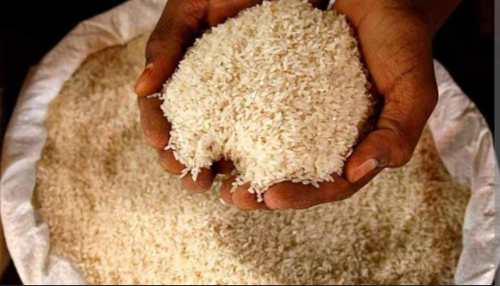- News>
- India
Basmati Rice in your plate might be mixed with artificial colour! Know Govt`s latest rule to stop adulteration

It has regulated standards to maintain the natural aroma and quality of basmati rice. The comprehensive regulatory standards will be enforced from August 1.
Adulteration of food has become a big cause of concern amid ever-growing competition between the corporates. In recent days, it has been observed that some of the corporates, in order make their fast moving consumer products (FMCGs) more sellable, have resorted to unfair memes like adding artificial odour and colour to the food grains.
Basmati rice - considered as the most popular rice form in the country - has also suffered adulteration.
Taking note of some recent complaints, the Food Safety and Standards Authority of India (FSSAI) has specified the identity standards for basmati rice - It has regulated standards to maintain the natural aroma and quality of basmati rice. The comprehensive regulatory standards will be enforced from August 1.
What are the regulatory standards?
As per the standards, the natural aroma of basmati rice has to be maintained. Any kind of artificial coloring and fake fragrance cannot be added to Basmati rice. These standards apply to brown basmati rice, milled basmati rice, parboiled rice, milled basmati parboiled brown basmati rice.
The standards also specify various identity and quality parameters for basmati rice such as average size of grains and their elongation ratio after cooking, maximum limits of moisture, amylose content, uric acid, defective/damaged grains and incidental presence of other non-basmati rice.
India is the largest exporter of Basmati Rice
India is the largest exporter of Basmati rice worth about Rs 30,000 crore every year. New Delhi has also applied for GI tag for Basmati in European Union.
What is Basmati Rice?
Basmati is long aromatic rice grown traditionally in the Himalayan foothills, Himachal Pradesh, Punjab, Haryana and Uttarkhand. Its speciality is that it has extra long grains and has more soft and fluffy texture upon cooking. Basmati rice is unique among other aromatic long-grain rice varieties.
